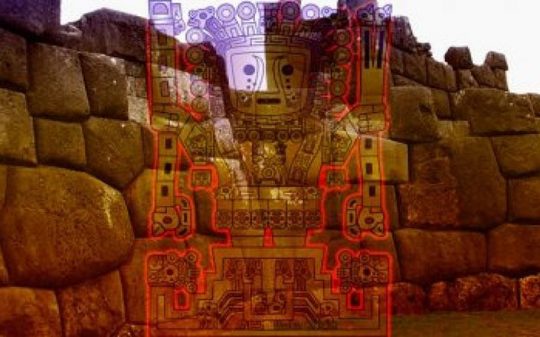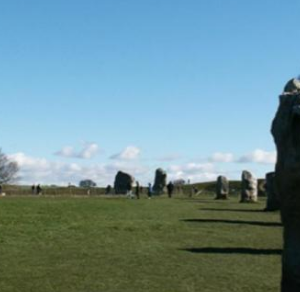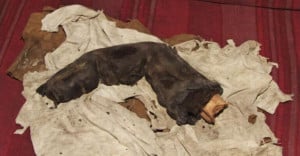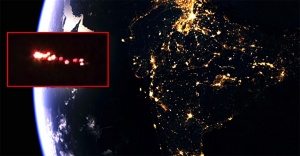Is this ancient citadel proof that our ancestors possessed advanced knowledge and techniques that permitted them to build unimaginable cities and sanctuaries?
Saksaywaman is a fortified wall complex situated at the outskirts of Cusco, Peru. This archaeologic site is renowned for its 6-meters tall stone structure that stretches more than 1 kilometer in length.
Most of the stone blocks are enormous, weighing approximately 200 tons. It’s comprised of intricately carved stones which form thr biggest blocks used in a construction dating before prehispanic America. More interesting is that the wall was built at an altitude of over 3,700 meters, in the Andes.
The stones used in the construction of Saksaywaman terraces are not cemented together, but they fit perfectly, suggesting a level of complexity and technological advancement that has never before been recorded in any historical chronicle.
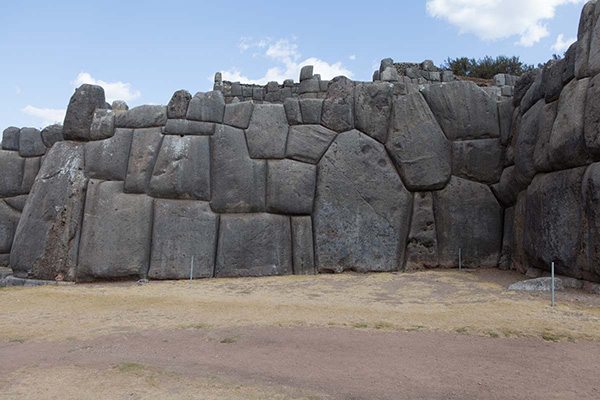
The rock used in the construction is denser than a regular one, it comes in all sizes ranging from palm-size to 1-meter high, and has two layers: black basalt in the center and a shiny black andesite as an exterior layer.
Curiously, marks on some of the stone blocks resemble much to the stray marks on our modern concrete, a sign of them being molded or scraped into shape. However, their technique remains unclear.
Still, just like in the case of the Great Pyramid of Giza or the monolithic structures of Stonehenge, we see giant blocks of stone manipulated with a precision and a method that is yet exceeding our comprehension, for which scientists are constantly trying to come up with a solid explanation. No one has figured out so far how the stones were lifted and transported.
As for the Saksaywaman, neither of the reason for it had been built nor construction date are known, leaving room to consider that they were in fact an ancient civilization far more advanced than what scientists imagine today. Proof of this stands the colossal walls built long before the Inca came to be.
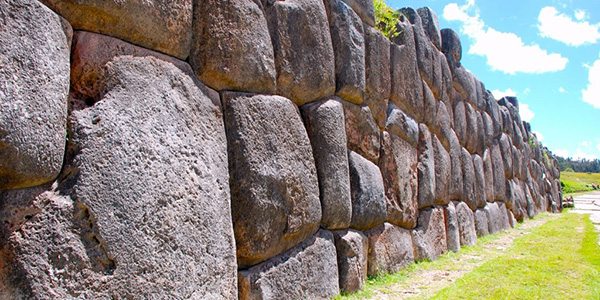
The official theory agrees that the blocks of stone were carved in this form and using rudimental tools available at that point in time, but the wall is considered a flawless construction, almost impossible to replicate using only primitive tools. So how did they manage to do it?
Ben Bendig, author of an ample research on this matter, considers this reason alone is enough to radically rethink the scenario regarding the skills and intelligence those “primitive” cultures had. In his vision, they possibility exerted a technology similar to ours, or even more advanced than what we possess today.
Local legends tell of a liquid extracted from some plants, capable of morphing the rocks’ fabric into something softer and lighter, allowing for the effortless handling of the giant blocks of stone. This rumor came from explorers like the legendary Percy Fawcett, Hiram Bingham and from a Catholic priest named Jorge A. Lira, who claimed that he could obtain the stone softening, but would then be unable to reverse the effect.
Another theory explains the smoothly designed wall formation through a method that involves heating the stone blocks up to the point where its consistency reaches a state of malleability that virtually molds the blocks against each other.
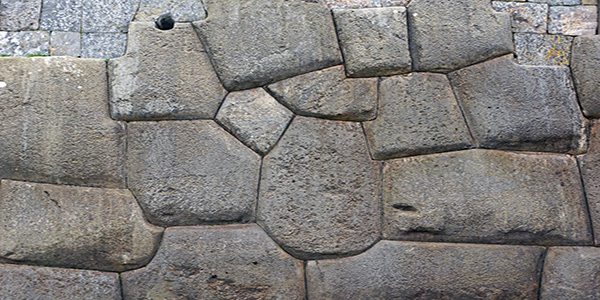
While theories remain in a speculative phase, some marks left on the surface of the rock suggest that the blocks might have been literally molded in these matrixes and shaped in the wall formation we see today.
Anyhow, it is certain that stone hammers and repetitive up-down maneuvers are not responsible for the accuracy and strength required to create Saksaywaman. Such megalithic structures are important clues to our mysterious past that opens our eyes in respect to our ancients and their undisclosed ways.
